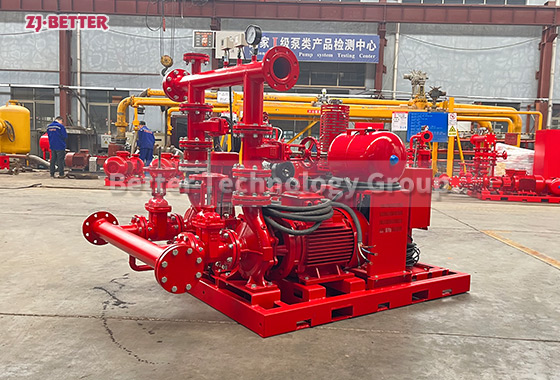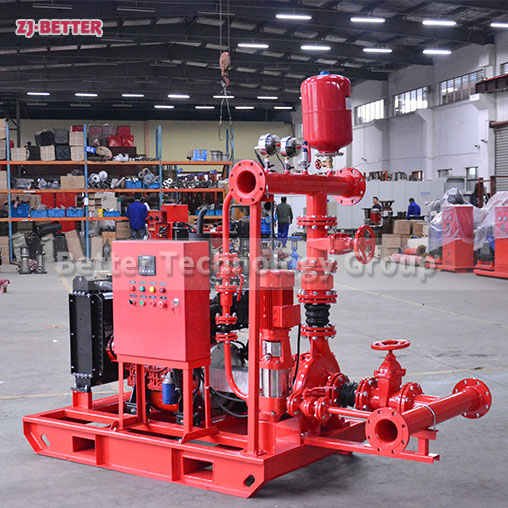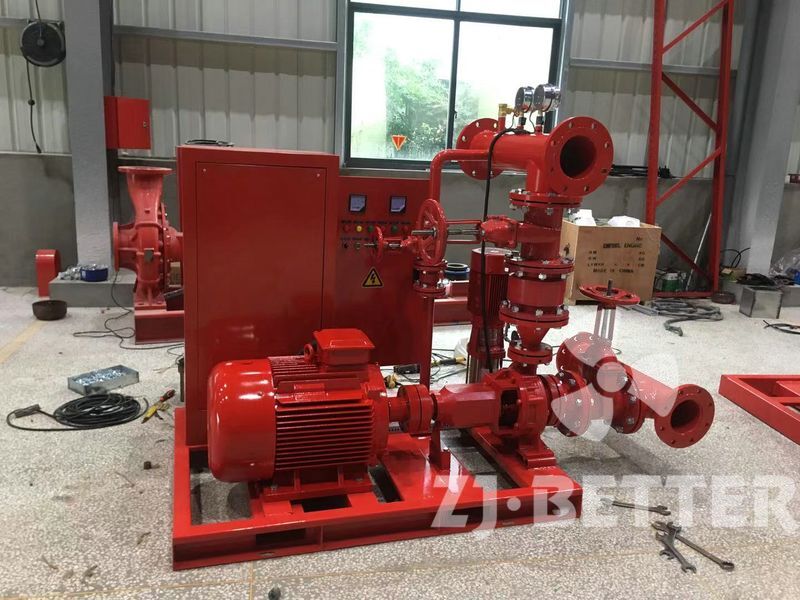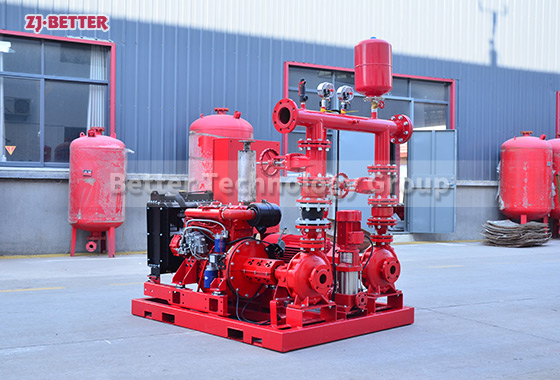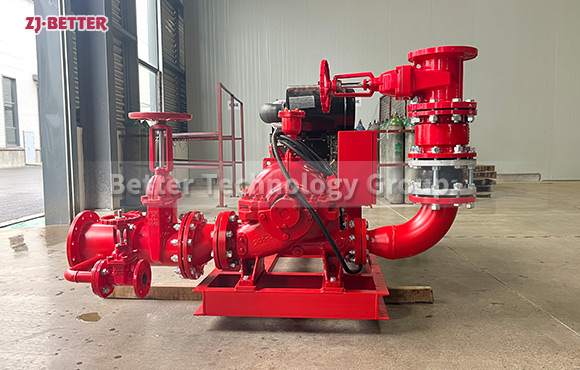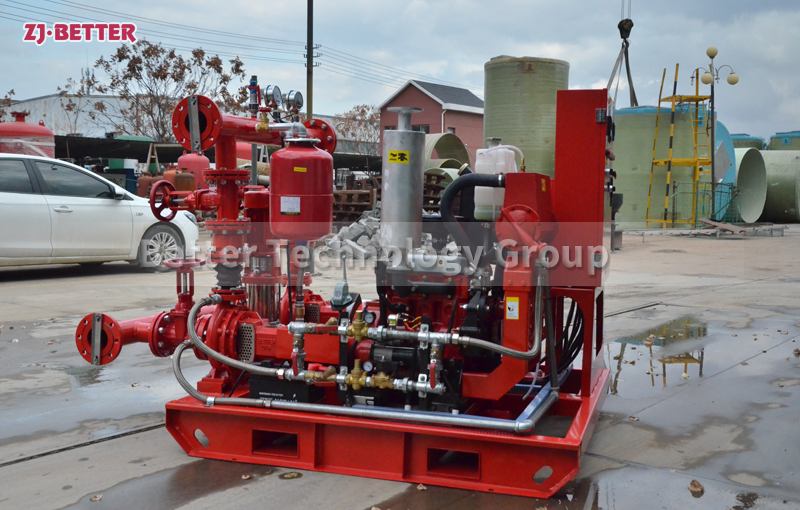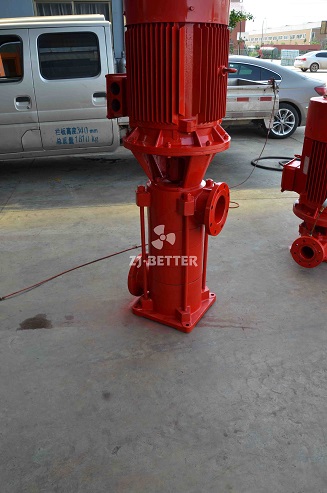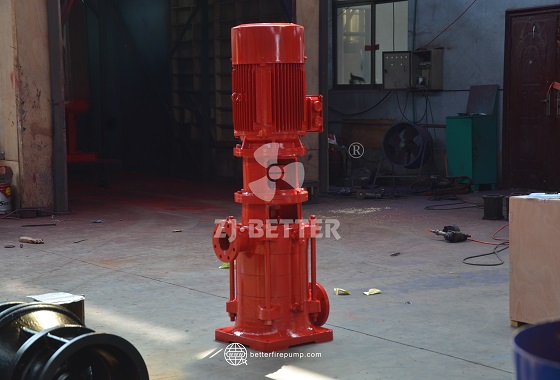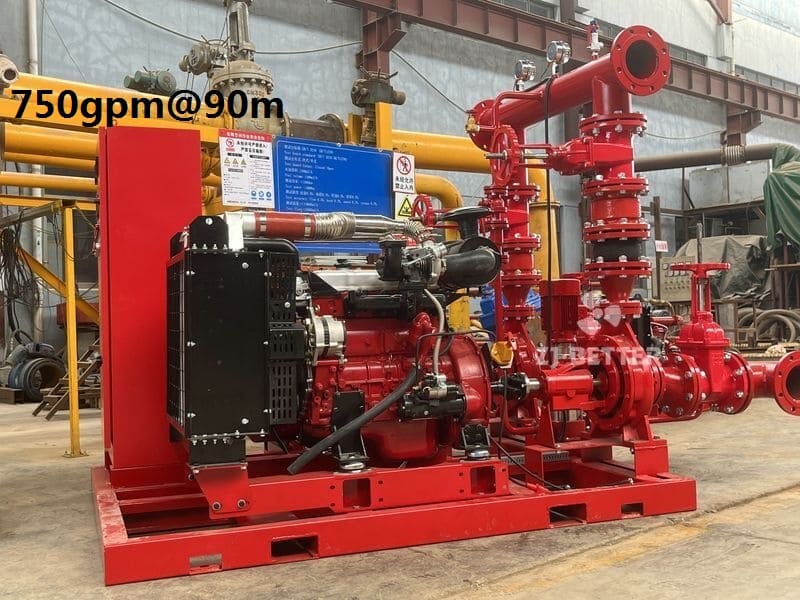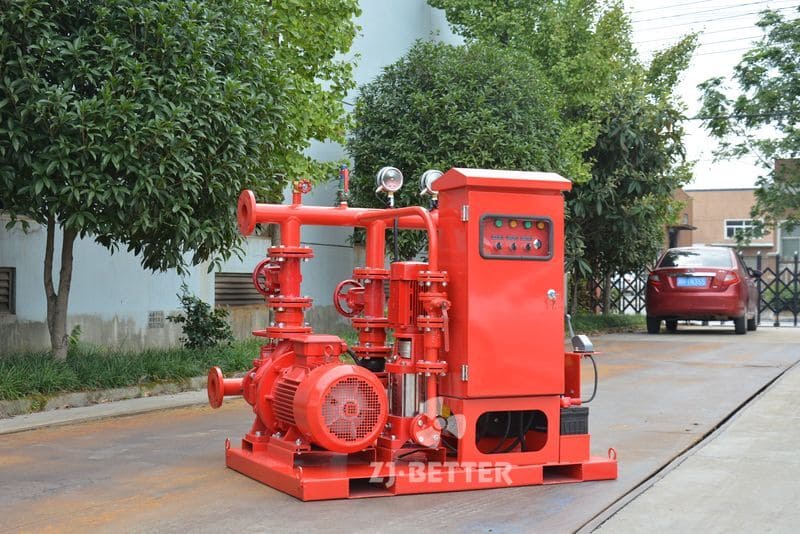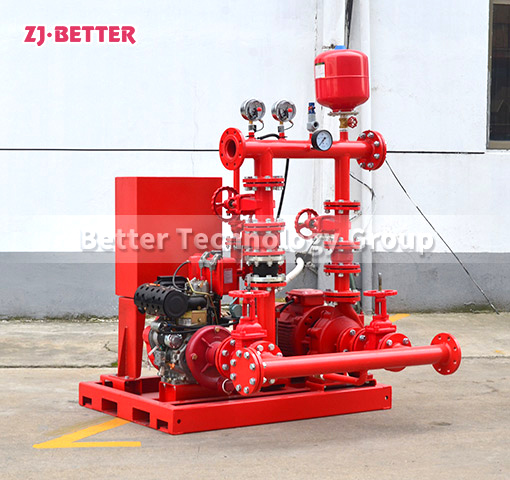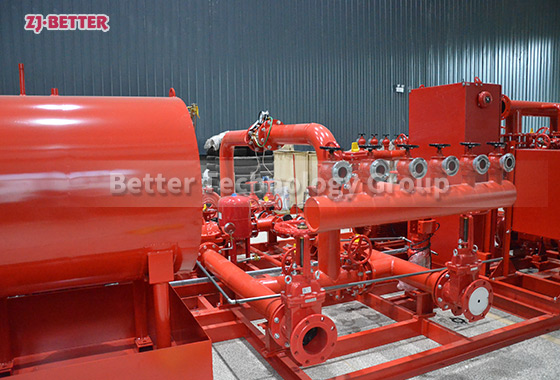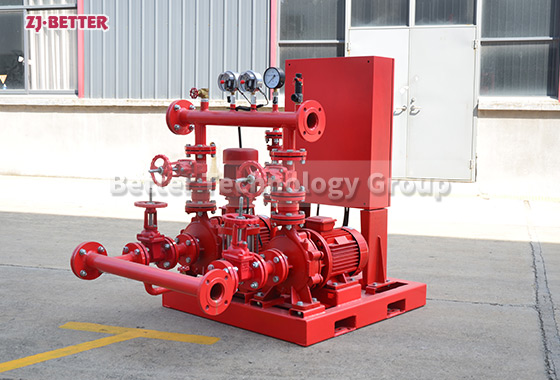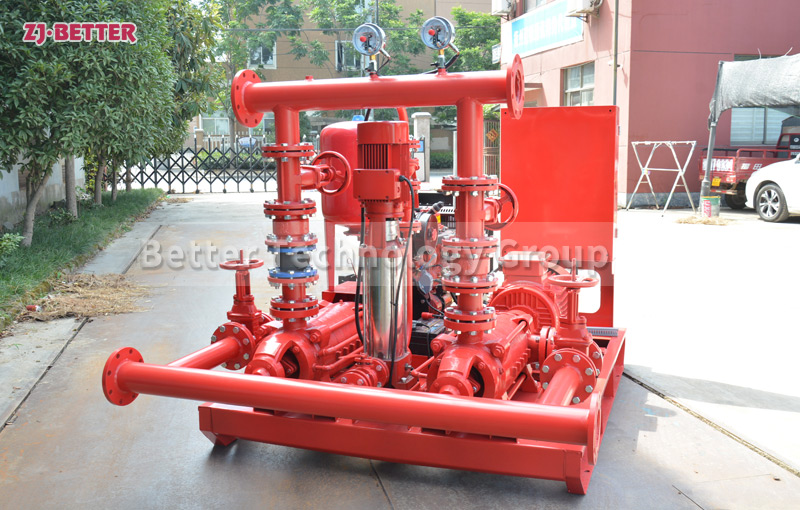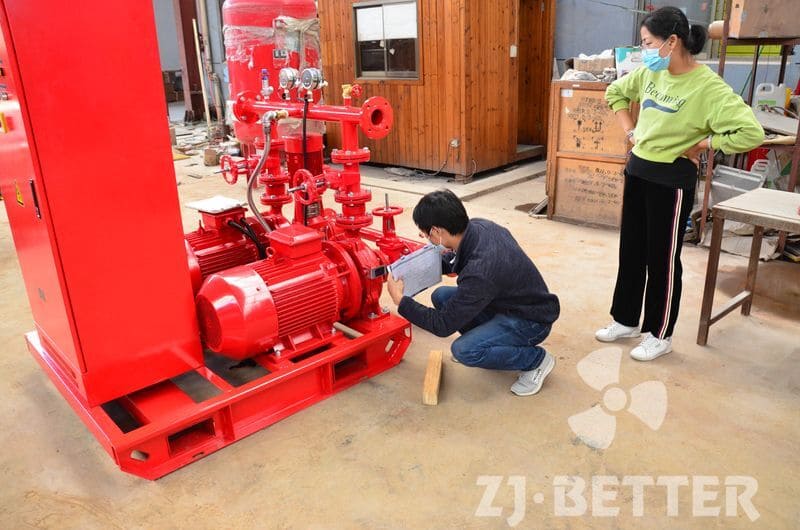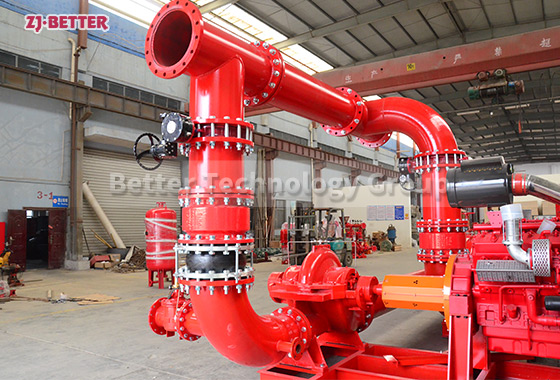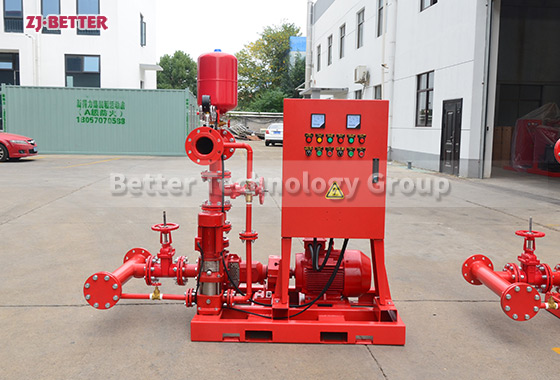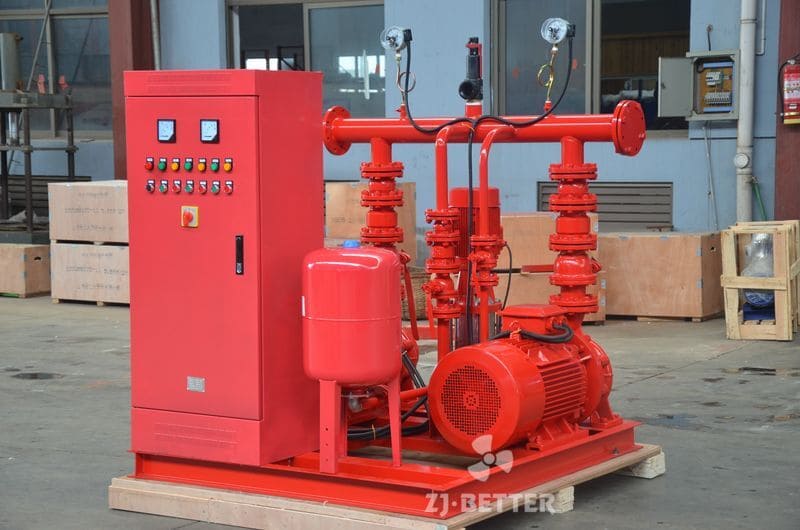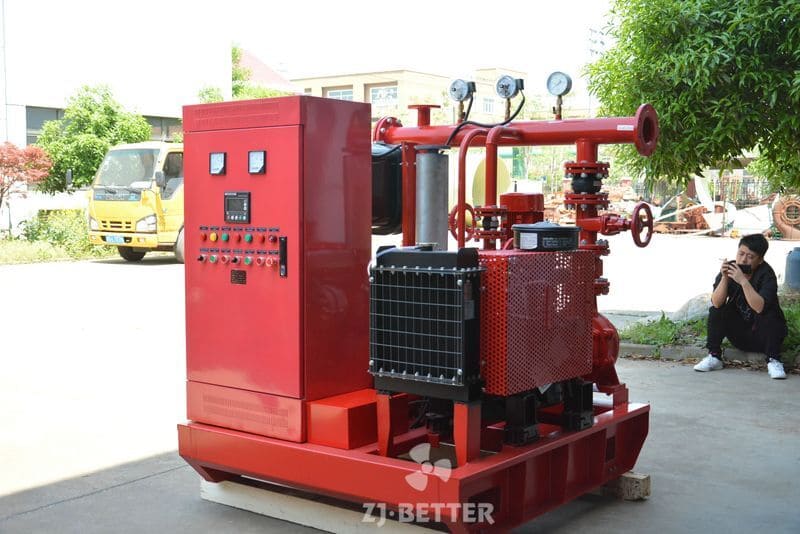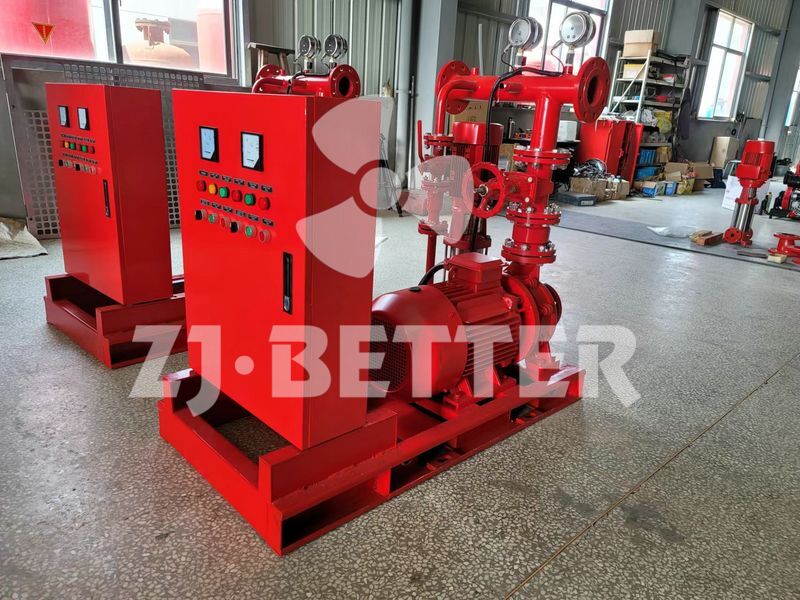Home » Fire Pump Set » Can firefighting pumps be integrated into building fire protection systems?
Can firefighting pumps be integrated into building fire protection systems?
Yes, firefighting pumps are often integrated into building fire protection systems, such as sprinkler systems and standpipes. These pumps provide the necessary water pressure to ensure effective fire suppression in case of an emergency.
Contact US
Get Price
Share:
Content
Yes, firefighting pumps are often integrated into building fire protection systems, such as sprinkler systems and standpipes. These pumps provide the necessary water pressure to ensure effective fire suppression in case of an emergency.
Inquiry
More Fire Pump Set

